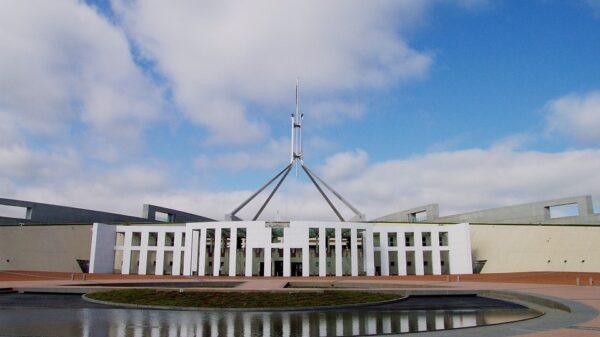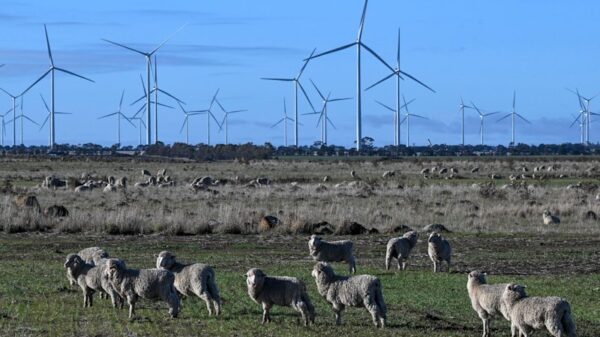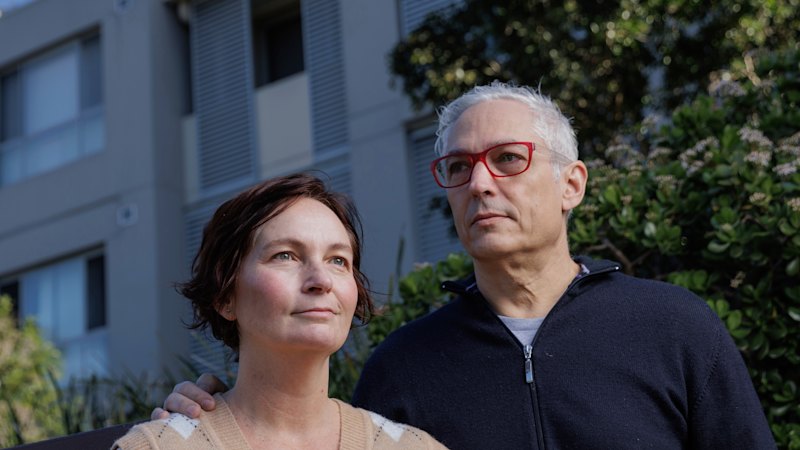More than 4 million renters in Australia may soon gain access to household batteries, a development poised to transform their energy consumption. Leading electricity providers are exploring plans to offer free home battery installations, aimed at significantly reducing power bills for tenants living in rented accommodation.
Since the federal government’s introduction of rebates in July 2023, which cover up to 30 percent of the cost of purchasing and installing home batteries, sales have surged by an impressive 400 percent. However, many renters are faced with the dilemma of investing over $10,000 in battery systems they do not own, while landlords typically have no financial incentive to subsidize such installations.
Equity in Energy Solutions
As the Albanese government prepares to reconvene parliament, the conversation around energy equity is intensifying. Federal Energy Minister Chris Bowen noted that the government is actively supporting renters and low-income households through programs like the $100 million Solar Banks initiative, which facilitates access to rooftop solar for rental properties. This effort aims to expand clean energy access while addressing the barriers renters face in participating in the renewable energy transition.
AGL’s chief customer officer, Jo Egan, emphasized the need for innovative solutions to ensure that those who do not own their homes can still benefit from renewable energy. She stated, “One area that we have been thinking a lot about is how can we make sure customers who don’t own their own home, or who can’t afford to buy a solar or battery, can still participate through the [renewable] transition.”
AGL is considering models where they would own the battery systems installed in rented homes, allowing tenants to reap the benefits without the upfront costs. This approach could lead to the establishment of a “virtual” power plant (VPP), comprising a network of interconnected homes equipped with solar panels and batteries.
A New Approach to Energy Consumption
The VPP system would enable energy companies to harness the power generated by numerous households simultaneously, providing a robust and reliable energy source during peak demand periods. By utilizing advanced software, these networks could function as a single power plant, supplying electricity to the grid when needed most, such as during evening hours when demand spikes.
The benefits of household batteries extend beyond just cost savings. A typical battery can store excess solar energy generated during the day, allowing households to use this power at night when electricity prices are higher. For many residents in Melbourne and Sydney, this could mean a substantial reduction in annual energy costs, which typically range from $1,500 to $2,000.
Origin Energy’s general manager of retail, Jon Briskin, highlighted the potential impact of integrating a large volume of home battery storage into the VPP framework. He stated, “We see it as a core part of a cleaner and cheaper energy system … and it should lower customers’ energy costs.”
Former renters Caroline and Graeme Edwards expressed their desire to contribute to renewable energy solutions during their time in rental accommodations. Caroline noted that they were interested in installing solar panels and a battery system to lower their bills and support emissions reductions. However, they hesitated to approach their landlord about the investment, as there was no immediate financial incentive for the property owner.
Caroline, who became a homeowner in November, remarked, “Literally, any support that we can get to make this an easier process for us to move forward with would be very gratefully received.”
The ongoing conversation around the equity of energy solutions highlights the complex relationship between landlords and tenants regarding renewable energy investments. Campaigners like Charlie Rodrick from Solar Citizens have pointed out that the current system has left many renters locked out of the clean energy transition due to the “split incentive” issue, where landlords bear the costs while tenants enjoy the benefits.
The move toward inclusive energy solutions that allow renters to participate in the renewable revolution could pave the way for a more sustainable and equitable energy future. As energy providers continue to develop innovative models, the hope is to create a system where renters can fully engage in the transition to clean energy without the burden of upfront costs.



































































